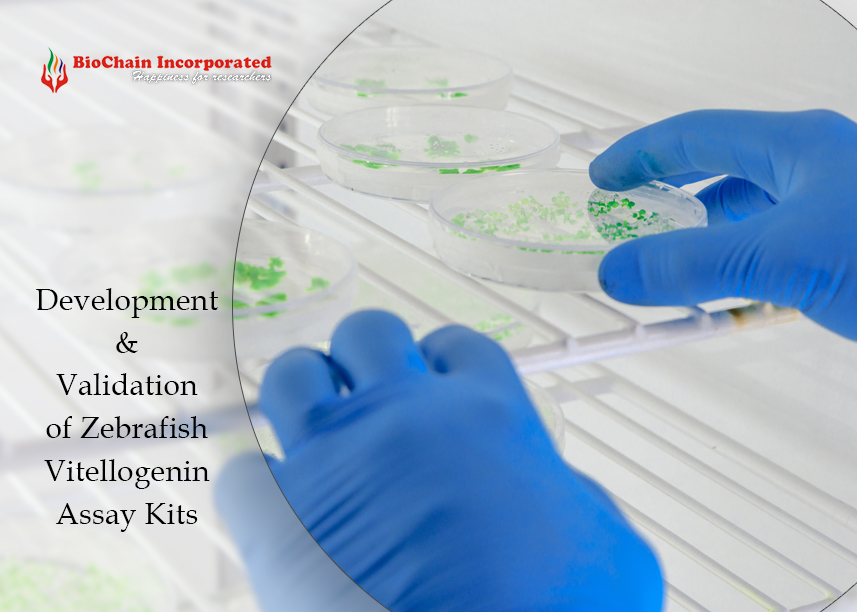Unveiling the Significance of Zebrafish Vitellogenin in Reproductive Toxicology Research
In the realm of reproductive toxicology, the zebrafish (Danio rerio) has emerged as an indispensable model organism. Because of its quick reproductive cycle, human-like genetic makeup, and transparent embryos, it's a great model to investigate how different substances affect development and reproduction. Zebrafish vitellogenin (ZVg), one of the many biomarkers used in these investigations, is particularly significant since it is a crucial sign of reproductive health in aquatic species.
Understanding Zebrafish Vitellogenin:
Vitellogenin is a precursor protein primarily synthesized in the liver of oviparous vertebrates. Its production rises in females during vitellogenesis and is essential for oocyte development and the creation of egg yolks. Interestingly, when exposed to estrogenic substances, male zebrafish can also generate vitellogenin, which makes it a sensitive marker for evaluating endocrine disturbance.
Relevance to Research on Reproductive Toxicology:
The goal of reproductive toxicology is to comprehend how environmental contaminants impact an organism's ability to reproduce. Hormonal systems can be disrupted by chemicals like endocrine-disrupting compounds (EDCs), which can have a negative impact on reproduction. Due to their extreme sensitivity to these substances, zebrafish offer important insights into the mechanisms and effects of exposure.
Utilizing Zebrafish Vitellogenin ELISA Kits:
For researchers in India, accessing quality ELISA Kits for Zebrafish Vitellogenin is crucial. Enzyme-Linked Immunosorbent Assay (ELISA) is a widely used technique for quantifying Zebrafish Vitellogenin levels in biological samples. ELISA Kits specifically designed for ZVg detection enable researchers to accurately measure its expression, facilitating the assessment of reproductive toxicity. In India, researchers can access reliable Zebrafish Vitellogenin ELISA Kits from manufacturers and suppliers like Biochain, ensuring high-quality results for their studies.
Zebrafish Vitellogenin serves as a biomarker for evaluating reproductive health in both males and females. Its expression levels can be quantified through various techniques, with Enzyme-Linked Immunosorbent Assay (ELISA) being a prominent method. Applications in Research: Zebrafish Vitellogenin serves as a crucial biomarker for:
-
Monitoring Environmental Contaminants: Detecting the presence of EDCs and other pollutants in aquatic ecosystems, aiding in environmental monitoring and management efforts.
-
Assessing Endocrine Disruption: Evaluating the impact of chemicals on the endocrine system of zebrafish, providing insights into potential risks to both aquatic organisms and humans.
-
Investigating Therapeutic Interventions: Exploring potential treatments or preventive measures to mitigate the adverse effects of reproductive toxins, contributing to the development of strategies for environmental protection and human health.
In conclusion, Zebrafish Vitellogenin plays a vital role in reproductive toxicology research, offering valuable insights into the effects of environmental contaminants on aquatic organisms. By leveraging advanced techniques such as ELISA Kits, researchers can accurately quantify ZVg levels and contribute to our understanding of reproductive health and environmental sustainability. With reliable suppliers like Biochain providing specialized tools, scientists in India have access to the resources needed to advance their research and address critical issues in reproductive toxicology.



.png)

.png)


.png)
.png)
.png)
.png)
.png)